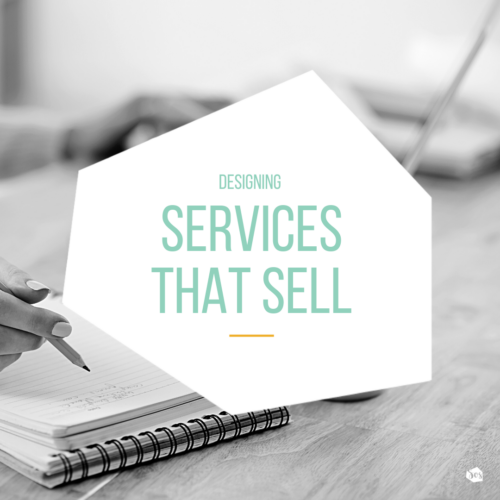When talking to customers about services and products, your team needs to feel empowered and educated themselves.
Help your team educate and sell to customers without feeling salesy! Using persuasive techniques can just feel icky to most of us…but remember customers have to use shampoo and they are buying it somewhere.

5 Tips to get you started.
#1. Start by asking your customers a few questions where you know the answer will be Yes! This helps to put the customer in a frame of mind where they want to answer your questions.
#2. Then ask questions which help you learn more about the customer and what they want. Use ‘open’ questions that cannot be answered with a simple yes or no, to encourage the customer to talk.
#3. Listen carefully to what they say… make intelligent comments to show that you understand their situation.
#4. Avoid delivering long-winded replies without giving the customer the chance to get involved.
#5. Check that they understand what you are saying. Ask them if they have any questions.
Too often the customer feels like they are being ‘pushed’ into buying a product. Instead of doing a hard sell, ask the right questions to lead the conversation naturally towards the customer and their needs. Be guided by the answers you get.
It’s about helping the customer to make a decision to buy, rather than being sold to.
Sell Benefits instead of Features.
This is Marketing 101. People tend to care less about features than they do about benefits.
Benefits carry with them a more clearly defined value.
People really care about having more of: love, money, acceptance and free time, while at the same time wishing for less: stress, conflict, hassle and uncertainty.
There is still room for showing features occasionally, just be sure to tie them back to benefits where possible.
Describing features can be an easy way of explaining what you are offering, but it does not sell the product. Instead, you need to show the customer what’s in it for them. Even if you tell customers about features, you should always translate those features into benefits.
For example, a feature of the conditioner you produce maybe its lightweight packaging. But customers don’t buy the conditioner because of the packaging — they buy it because it is easier to use in the shower.
Or a feature of the brush is that it has a ceramic coating. The customer needs it because it dries the hair faster with less damage… emphasise that.

Remember too, that the benefits can be specific to that particular customer: different customers may value different benefits. This is where the communication and question asking comes in. Find out what their needs are and address them. Some people prioritise ease, others assurance that they get results. Your sales process should include finding out as much as possible about what the customer wants
Benefit statements often include words like increase, improve, reduce, save, gain or protect. Although don’t use all of them at once!
Use Loss Aversion instead of Emphasising gains.
We like to win, but we hate to lose.
According to the rules of persuasive psychology, we are more driven to avoid losses than to acquiring gains.
This can be applied to how product and service offers are presented and communicated.
By underlying that a product is protective of a customer’s existing well-being, it is more effective than trying to provide a customer with something additional which they don’t already have.
Do insurance companies sell the payout that can be gained after the accident or the protection of the things we hold dear to us?
Don’t get into the fear and scaremongering here though.
We have a close and often intimate relationship with our customers and don’t want to risk that by making them fear that their hair may fall out if they don’t use a particular product.
However, very good use of this strategy is when selling treatments to customers who are colouring or straightening their hair.
As professionals, we know the damage they are doing to their hair and a rebuilding treatment will minimise the impact of this quickly and simply. Not enough salon teams recommend this service regularly enough and it can lead to a really noticeable hike in revenue and profit, plus give your customers beautiful healthy hair.
Showcase the products you use.
Challenge your team to talk about every product they have used on the customer’s hair. Why, what it does and how to use it.
Place the finishing products in front of the customer after using them so they can see and look at the bottles.
Improve your team’s Money Mindset.
Often we find that our team can have a lack money mindset and this can get in the way of them achieving success with selling products and services.
Check out our Money Mindset Guide and uncover what could be holding them back. Get our 3 Steps to Designing Services That Sell and access your Money Mindset Guide here…
Encouraging your team to feel confident recommending take-home products is part of the whole salon experience. Customers are more likely to be loyal and return for more services if you engage them with home haircare products.
Make it a challenge for them with in-salon competitions, incentives and bonuses.
Highlight a product for the week and see how they get motivated to talk about it more often with their customers.
It can be a great source of revenue and profits for the team and salon. The customer benefits are obvious. Their hair looks great!
Do you want to create desire for your services so they sell without you being sales-y?
Watch my Designing Services That Sell Workshop
Hate Selling? Watch This Workshop and Walk Away Knowing Exactly How To Put Together Services Your Customers Cannot Say No To!



